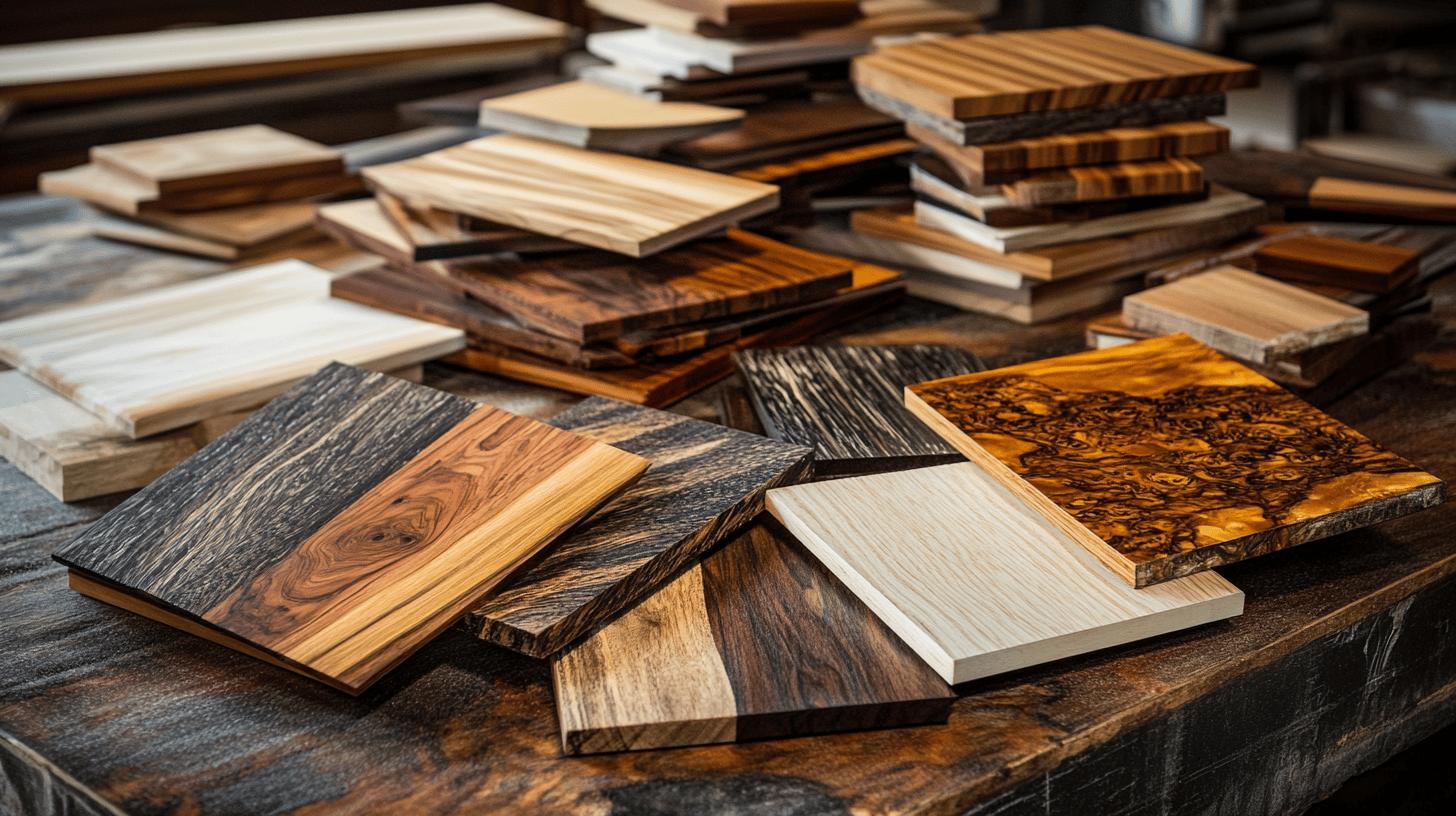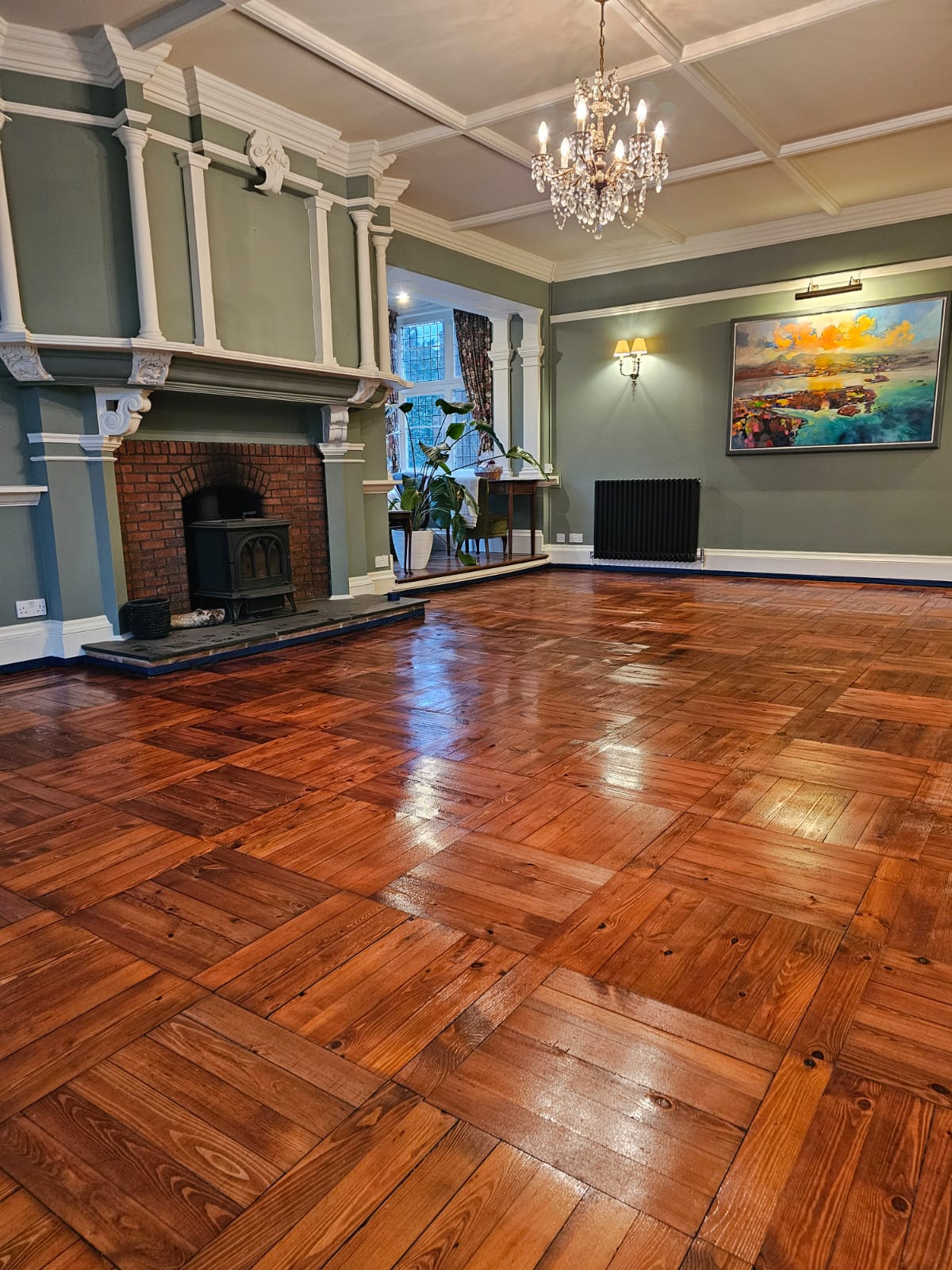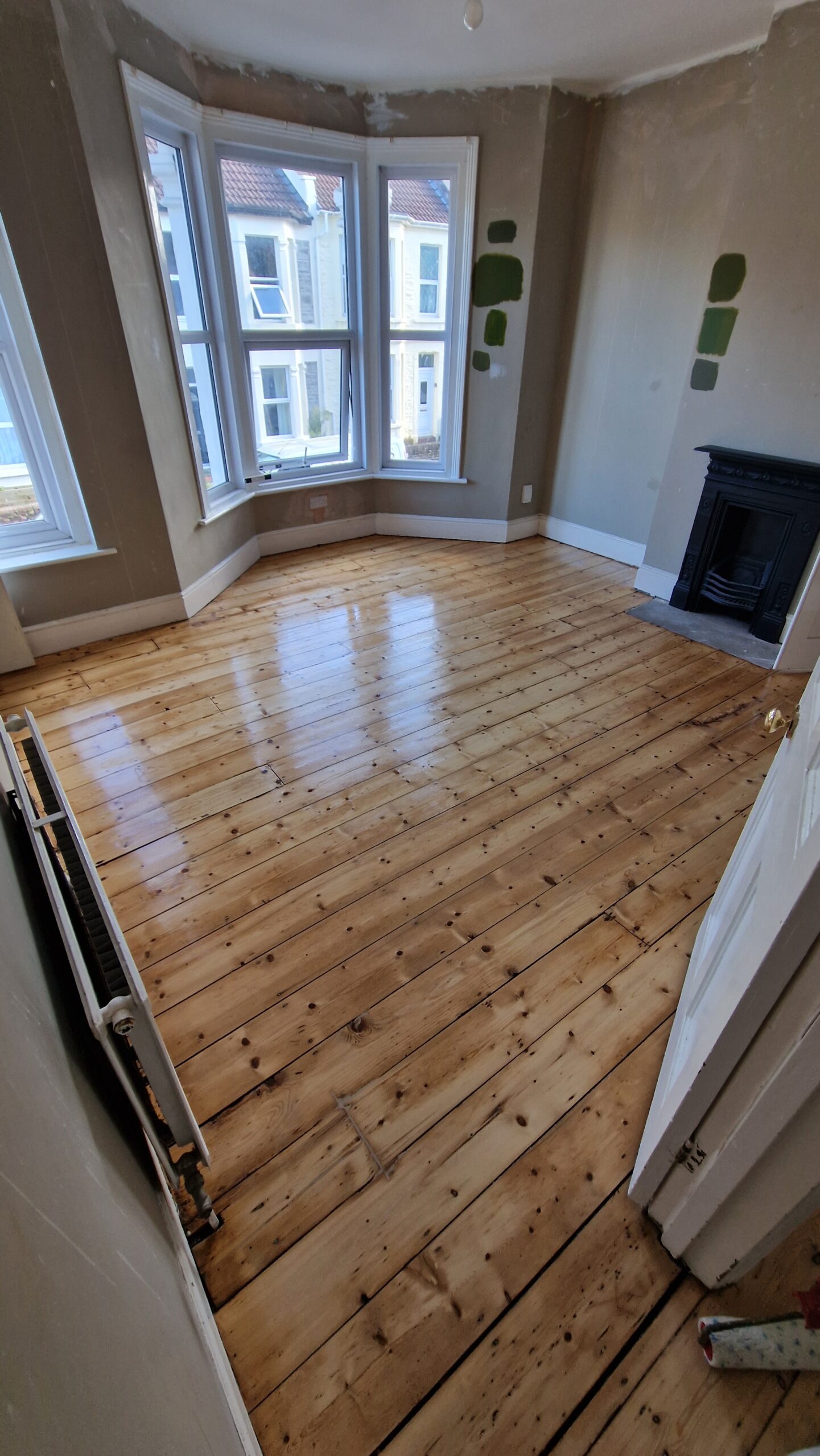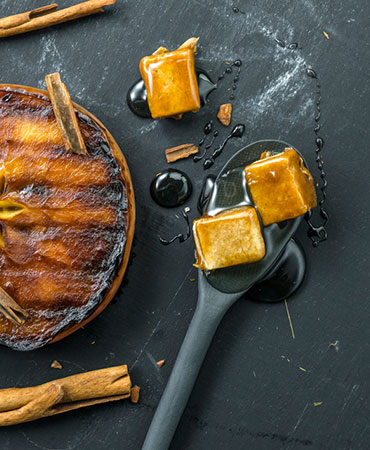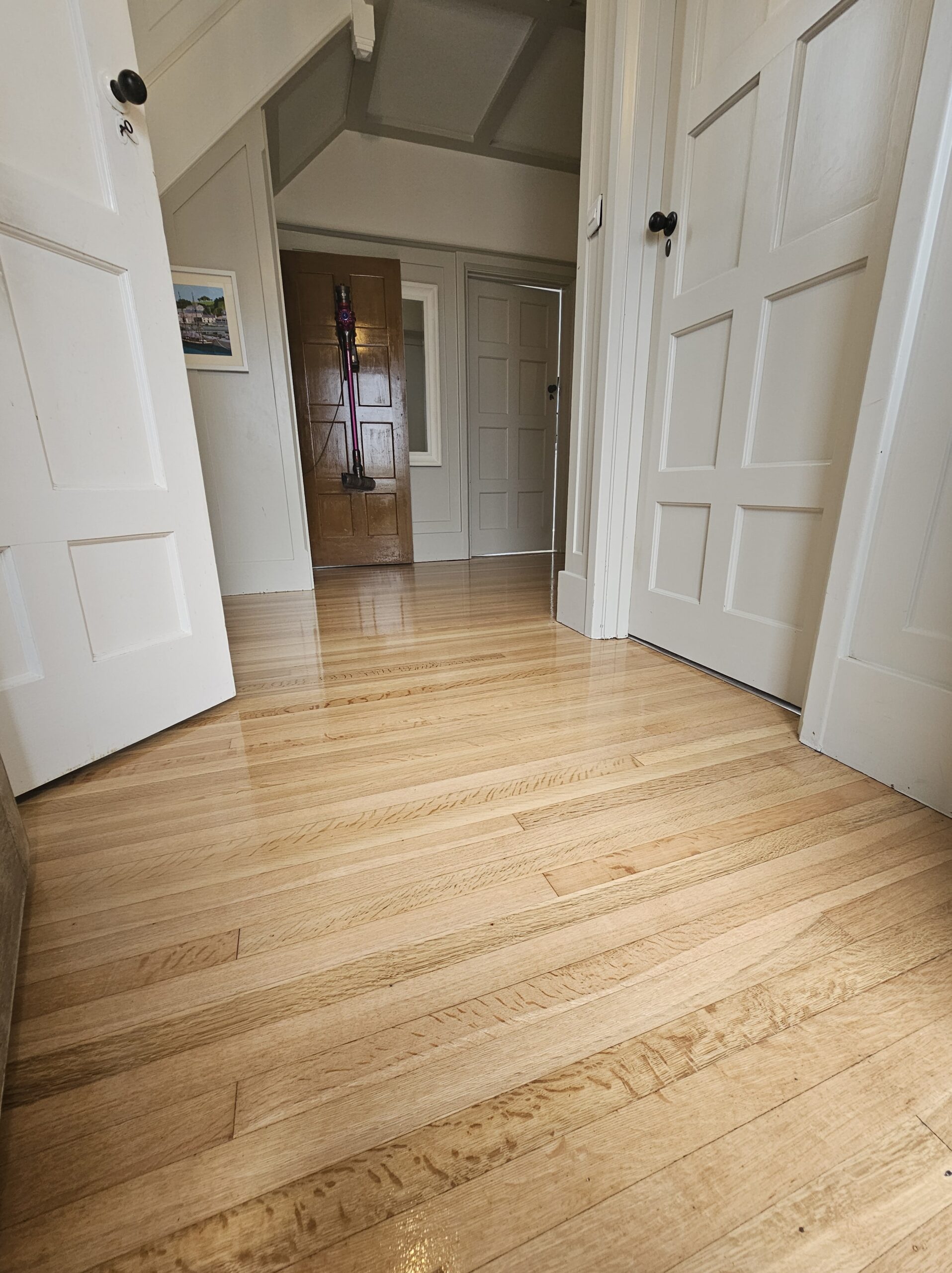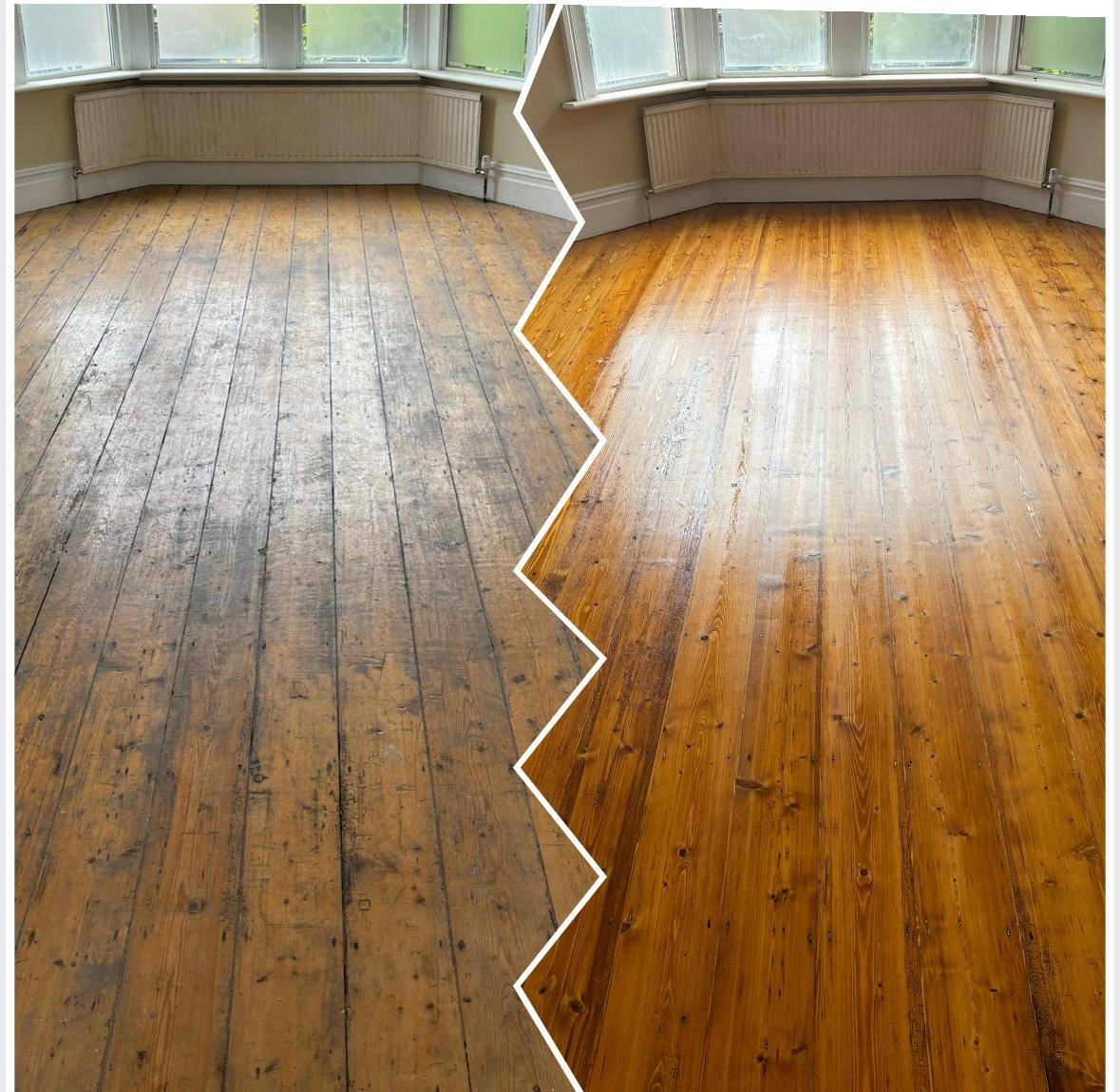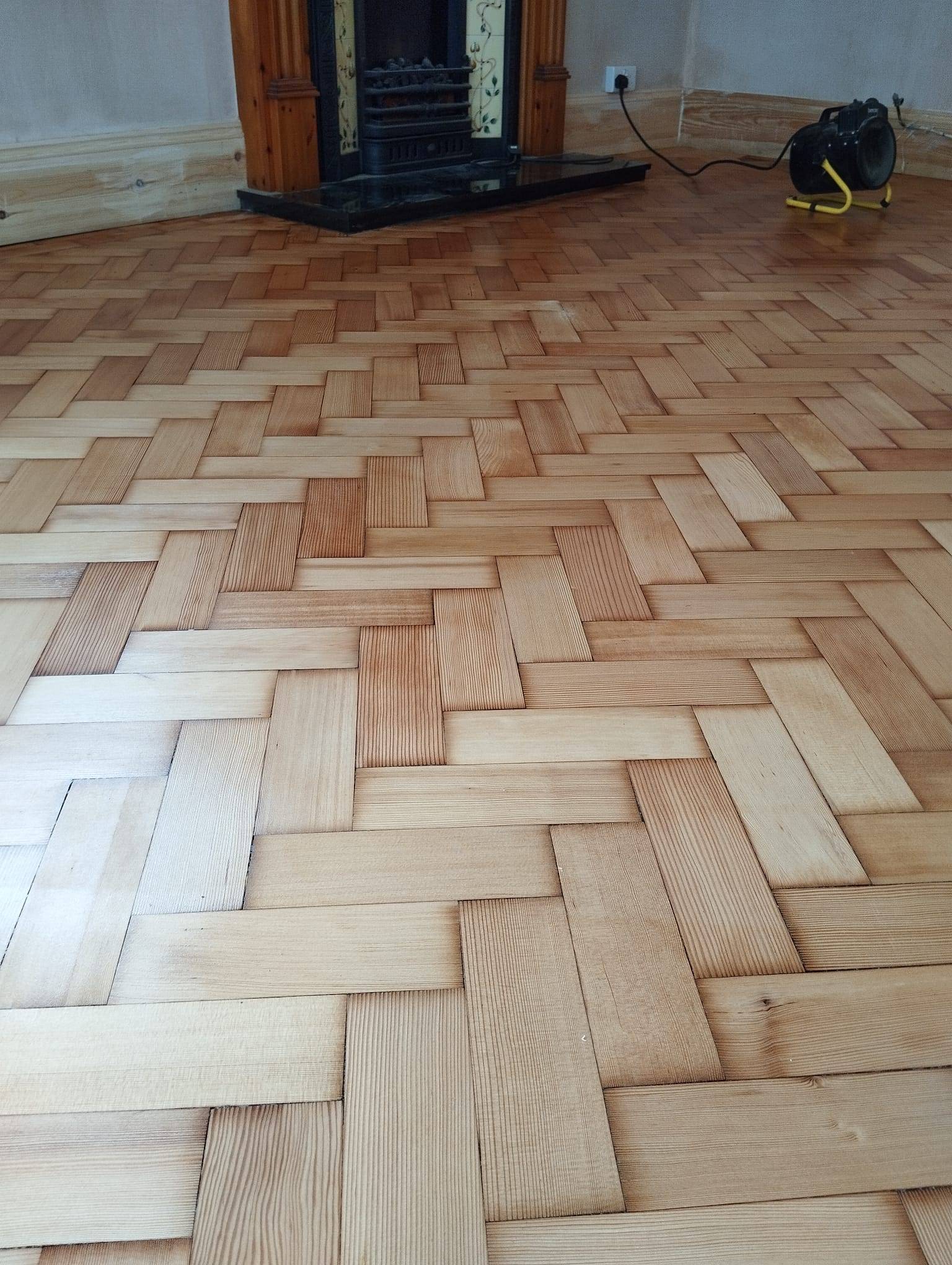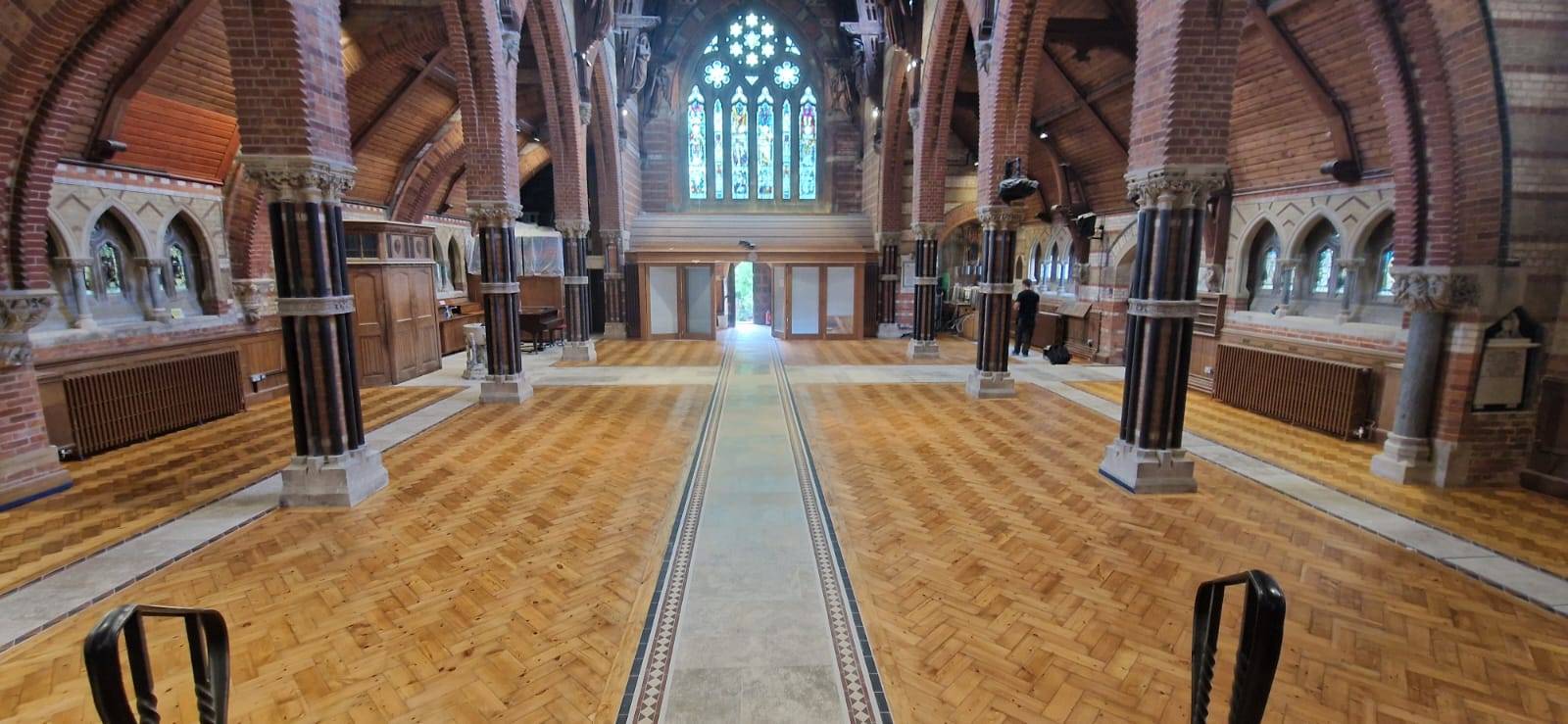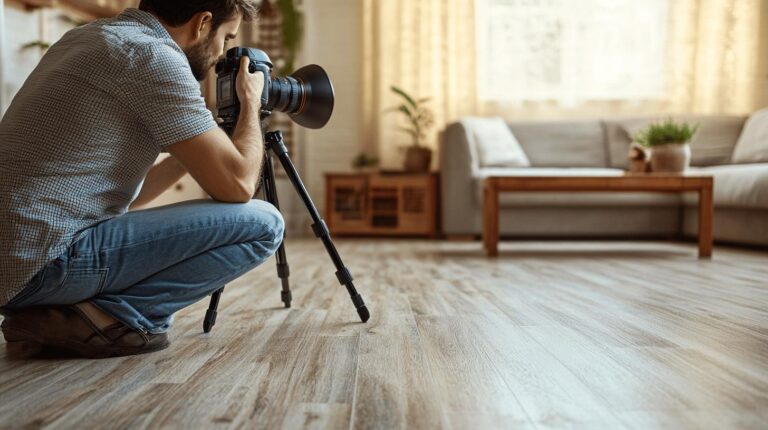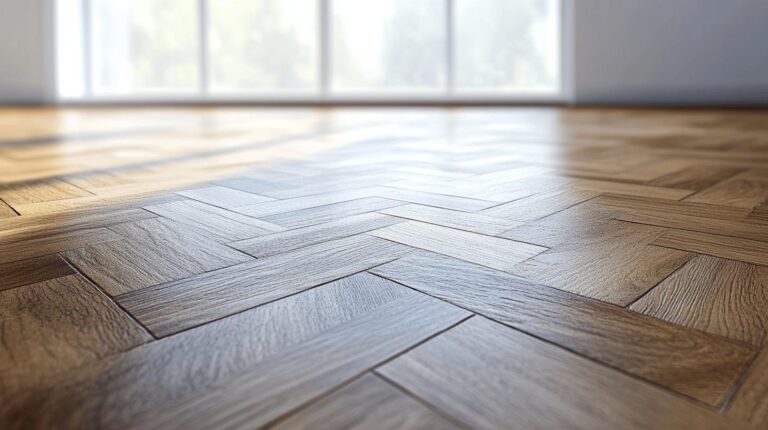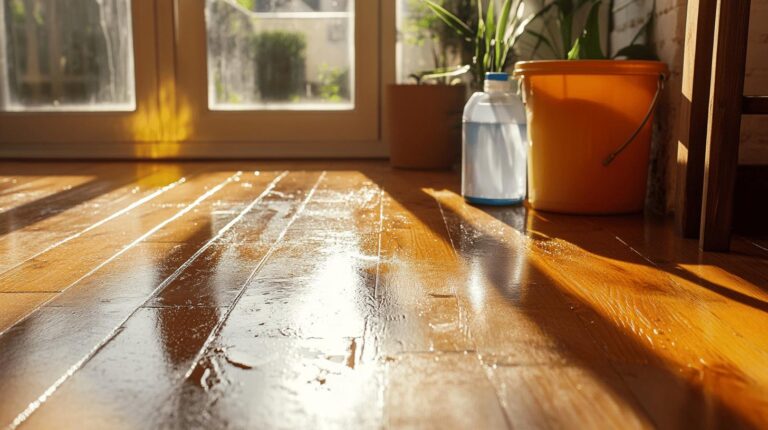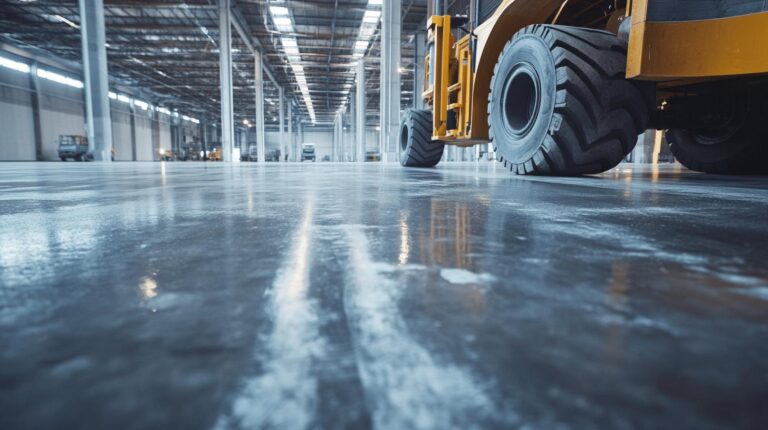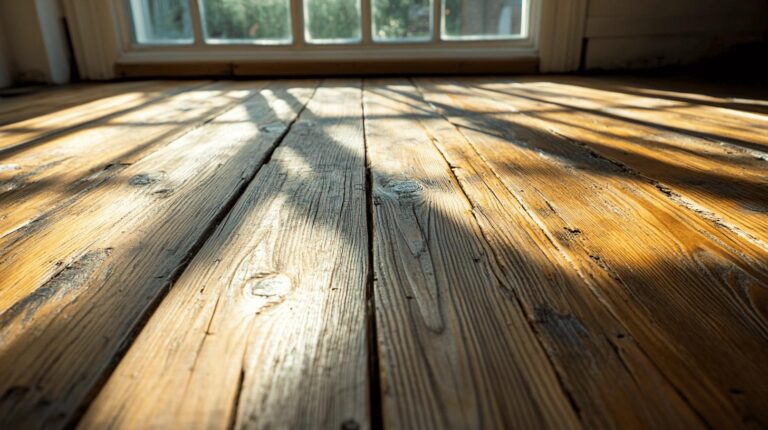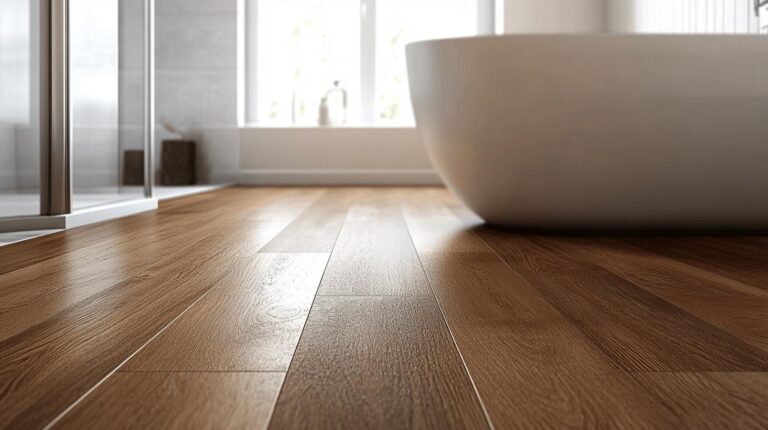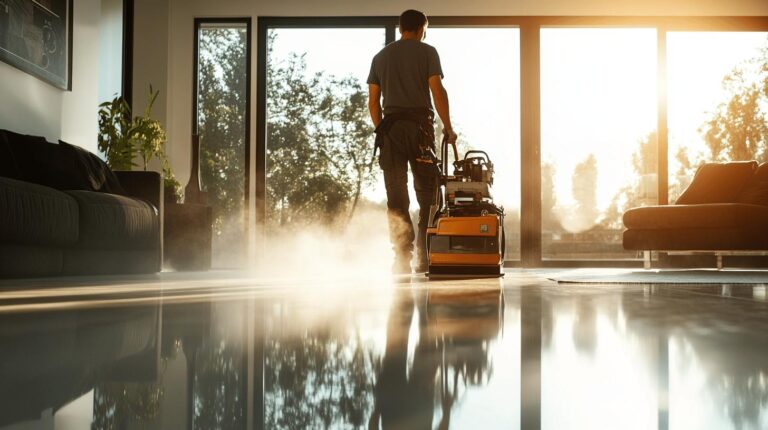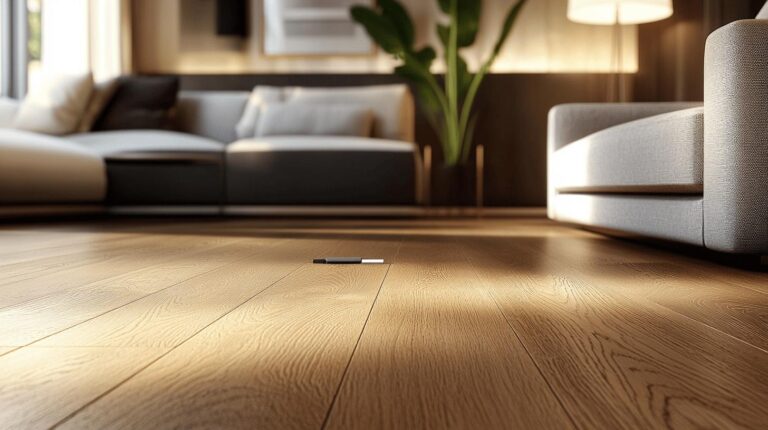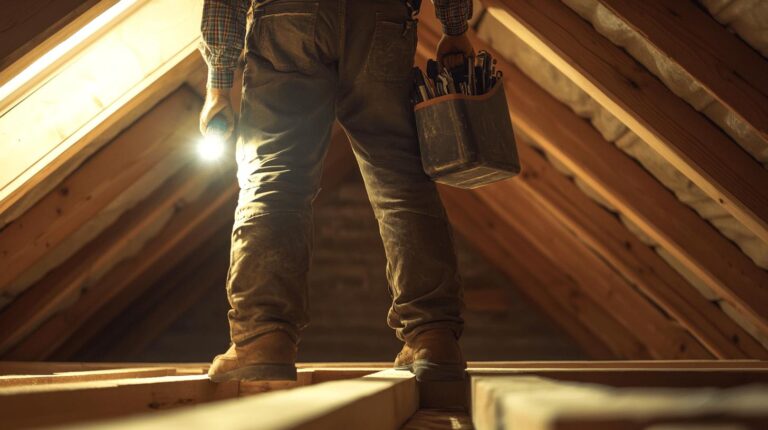When it comes to choosing the best wood for long-lasting floors, the decision is anything but trivial. Among many options, identifying which wood varieties combine aesthetic appeal with durability can be a conundrum. Does Oak really stand up to its timeless reputation, or is the lesser-known Maple, the underdog with its scratch resistance? Perhaps Hickory deserves the spotlight for managing bustling foot traffic gracefully. This article delves into these hardwood flooring options, providing a detailed comparison to help you make an informed decision. Discover how different woods could transform your living space into a durable haven.
The Most Durable Hardwood Flooring Options
Solid wood flooring is renowned for its exceptional durability and capacity to endure for generations. This resilience is largely due to the robust nature of the wood, which can withstand significant wear and tear over time. These floors maintain their beauty and functionality with proper maintenance, offering a long-lasting solution for both commercial and domestic settings. The inherent strength of solid wood makes it a preferred choice among those seeking a durable flooring option that combines longevity with aesthetic appeal.
When comparing hardwood flooring options, several species stand out for their durability characteristics. Oak is a classic choice, celebrated for its strength and diverse grain patterns, ensuring durability and visual appeal. Maple, recognised for its resistance to scratches and dents, is a practical option for high-traffic areas. Hickory, one of the most challenging domestic hardwoods, excels in withstanding heavy foot traffic, making it ideal for busy households and commercial spaces. Each of these hardwoods offers unique benefits, contributing to their reputation as some of the most durable flooring options available.
- Oak
- Maple
- Hickory
- Brazilian Cherry
- Walnut
The advantages of solid wood flooring extend beyond durability. These floors are resilient and add value to a property, thanks to their timeless appeal and elegant finish. Solid wood can be sanded and refinished multiple times, allowing for updates in style and repair of any surface damage. This adaptability ensures that solid wood flooring remains a worthwhile investment, providing both immediate aesthetic benefits and long-term durability.
Exotic Wood Flooring: A Luxurious and Durable Choice
Exotic wood flooring offers a combination of luxury and durability that is hard to match. Brazilian Cherry, also known as Jatoba, is an exemplary choice for those seeking a durable yet elegant option. This exotic wood is renowned for its exceptional hardness, making it highly resistant to wear and tear. Over time, the Brazilian Cherry undergoes a beautiful transformation, deepening its rich, reddish-brown colour, which adds a unique and evolving character to any space. Its durability ensures that it remains a long-lasting investment, capable of withstanding the demands of both residential and commercial environments.
American Black Walnut is another luxurious exotic wood option that stands out for its rich, dark colouring and distinctive grain patterns. This wood offers a sophisticated aesthetic that enhances the elegance of any interior design. While not as hard as the Brazilian Cherry, the American Black Walnut’s beauty lies in its ability to provide a warm and inviting atmosphere. The intricate grain patterns contribute to its unique visual appeal, making it a favoured choice for those who appreciate a floor with character and depth.
Benefits of Exotic Woods
Exotic woods like Brazilian Cherry and American Black Walnut provide a dual aesthetic appeal and durability advantage. Their unique colours and grain patterns elevate the sophistication of any space, while their inherent strength ensures a long-lasting flooring solution. The luxurious appeal of these woods and their durability make them a preferred choice for anyone looking to invest in high-quality, eye-catching flooring.
Enhancing Durability with Engineered Wood Flooring
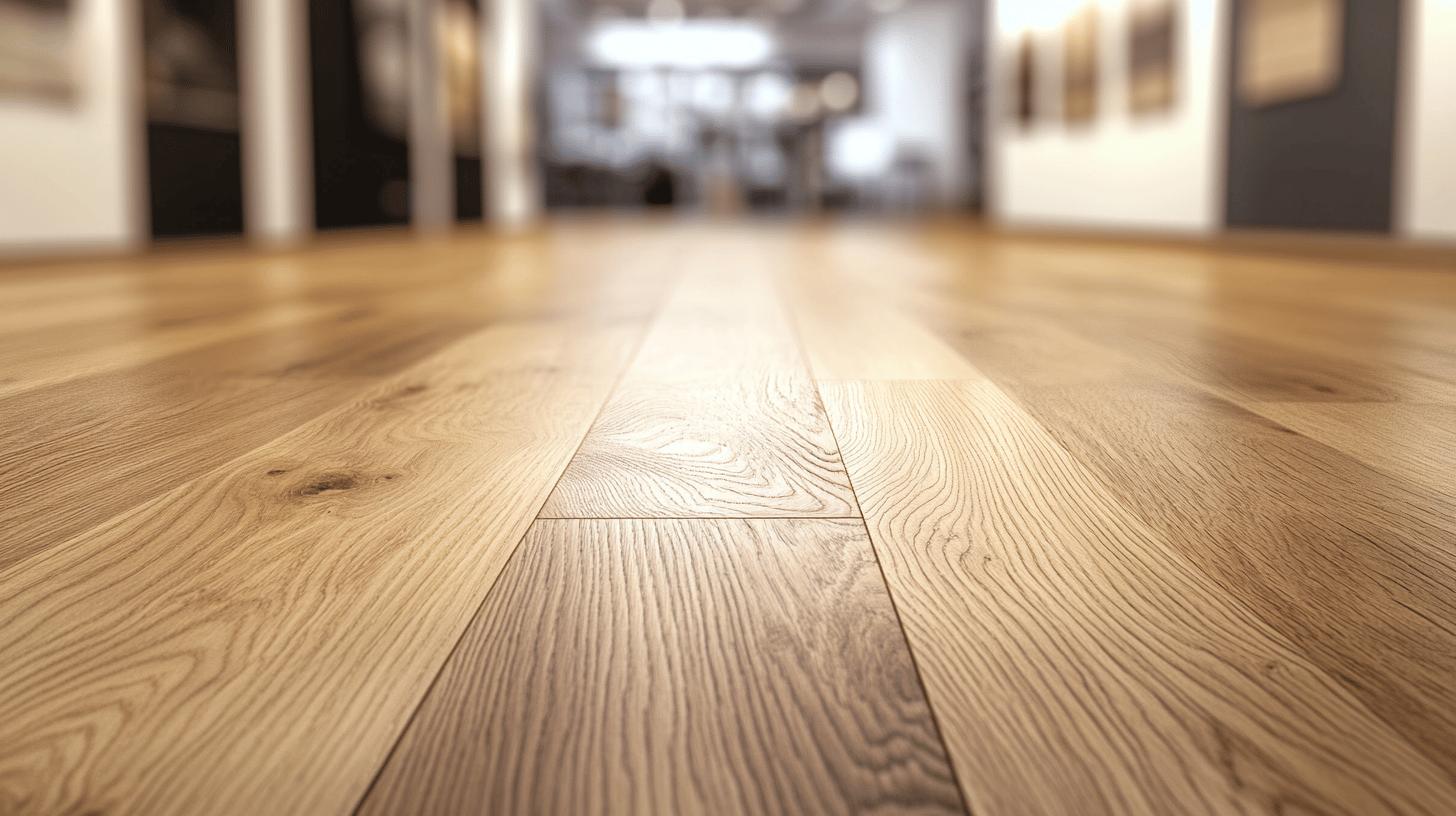
Engineered wood flooring is designed to offer enhanced durability and stability, making it an excellent choice for long-lasting floors. Comprising several layers, this type of flooring is constructed with a top layer of hardwood veneer and multiple layers of plywood or high-density fibreboard beneath. This layered construction provides engineered wood with greater dimensional stability than solid wood, effectively reducing the likelihood of warping and expanding under varying environmental conditions.
Professional installation is highly recommended for engineered wood flooring to maximise performance and longevity. Skilled installers ensure that the subfloor is prepared correctly, which is crucial for preventing potential issues such as moisture damage or uneven surfaces. Additionally, they can account for environmental factors like humidity and temperature fluctuations, ensuring that the flooring is laid correctly and securely. This level of precision in installation helps maintain the integrity and appearance of the floor over time.
Engineered wood flooring’s resistance to warping is one of its standout features, particularly in areas with high moisture levels or fluctuating temperatures. The multi-layered structure allows engineered flooring to expand and contract more evenly than solid wood, mitigating the risk of gaps or buckling. As a result, it is a popular choice for areas prone to these conditions, such as basements or kitchens, where stability and reliability are paramount.
Choosing the Right Wood Finish for Durability
Wood finishes are crucial for enhancing the longevity and durability of hardwood floors. These finishes act as protective coatings, shielding the wood from daily wear and tear, moisture, and potential damage. A well-chosen finish not only preserves the floor’s aesthetic appeal but also extends its lifespan by creating a barrier against scratches and stains. The right finish can significantly impact the performance of hardwood floors, making it an essential consideration for both domestic and commercial applications.
When comparing water-based and oil-based finishes, each offers distinct benefits catering to different needs. Water-based finishes are valued for their eco-friendliness and quick drying times, making them a popular choice for environments where time is a constraint. They provide a clear, non-yellowing coat that preserves the natural colour of the wood. In contrast, oil-based finishes penetrate deeper into the wood, offering a rich, warm tone that enhances the grain patterns. They are known for their durability and longer-lasting protection, which is particularly beneficial in high-traffic areas.
Selecting the appropriate finish depends on environmental factors and how the space is used. A water-resistant finish like polyurethane may be ideal in areas prone to moisture, such as kitchens or bathrooms. A more robust oil-based finish might be preferable for spaces with heavy traffic. Those seeking a natural look might opt for wax finishes, which provide a subtle sheen while allowing the wood to breathe. Ultimately, the choice of finish should align with the space’s specific requirements to ensure optimal durability and protection.
- Water-based finishes
- Oil-based finishes
- Polyurethane coatings
- Wax finishes
Essential Maintenance Tips for Long-Lasting Wood Floors
Maintaining wood floors involves a consistent routine that preserves their aesthetic appeal and structural integrity. Regular maintenance is essential for extending the lifespan of wood floors and ensuring they remain in optimal condition. This includes routine tasks such as dust-free sanding, which helps preserve the smoothness and finish of the floor by removing surface imperfections without creating airborne particles.
Oiling is another key task, as it nourishes the wood and enhances its natural sheen while also providing a protective layer against moisture and wear. Waxing adds an additional protective coat, improving the floor’s durability by creating a barrier against scratches and stains. Buffing is crucial for maintaining a polished appearance, helping to eliminate minor abrasions and restore the floor’s lustre. Together, these maintenance practices are vital for preserving the beauty and functionality of wood floors.
Immediate attention to scratches and minor damages is crucial in preventing the long-term deterioration of wood floors. Prompt repairs ensure that small issues do not develop into more significant problems that could compromise the floor’s structural integrity. This proactive approach to maintenance helps maintain the floor’s appearance and prolongs its lifespan. Moreover, regular professional assessments are recommended to identify and address underlying issues that might not be immediately visible. Professionals can provide expert evaluations and carry out necessary restorations, ensuring the floor remains in top condition. These assessments are particularly beneficial for identifying potential threats to the floor’s durability, such as moisture ingress or structural weaknesses.
- Dust-free sanding
- Regular oiling
- Waxing
- Buffing
- Immediate repair of scratches
When to Call a Professional
Professional assessments are invaluable for maintaining long-lasting wood floors. Experts can identify and rectify issues that might be overlooked by the untrained eye, providing specialised repairs and restorations tailored to the specific needs of the floor. This level of expertise ensures that any underlying problems are addressed before they can escalate, preserving both the appearance and durability of the flooring. By engaging professionals, homeowners can benefit from a comprehensive maintenance plan that extends the lifespan of their wood floors, ultimately proving to be a cost-effective investment in the floor’s longevity.
Cost Implications and Investment Value of Durable Wood Flooring
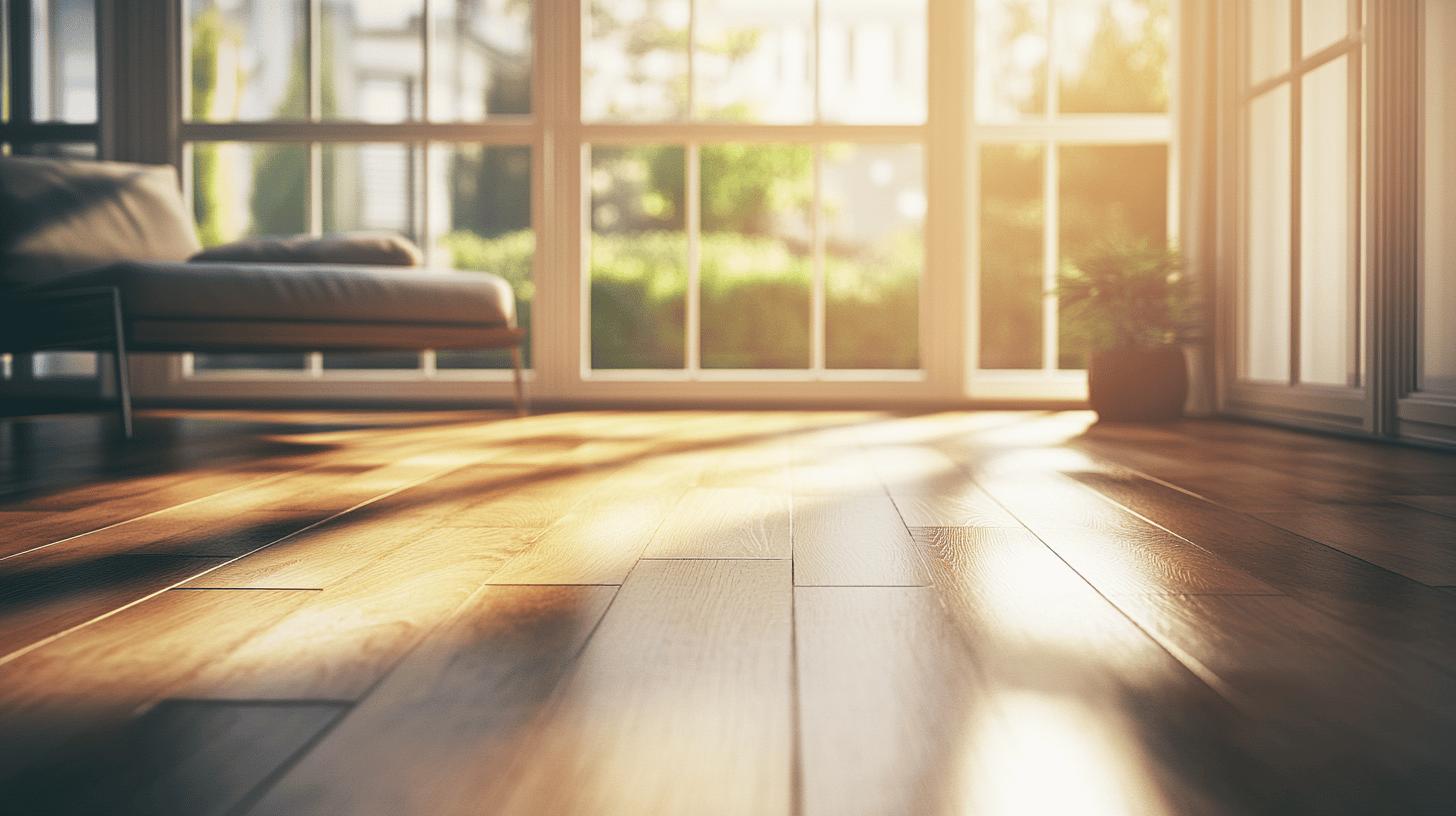
The initial cost of hardwood flooring may be higher than other flooring options, but the long-term benefits often justify the investment. Hardwood floors are renowned for their durability and timeless appeal, contributing to their lasting value. These floors, when properly maintained, can last for generations, making them a wise investment for homeowners looking for longevity and elegance. The upfront expenditure is offset by the reduced need for frequent replacements, as hardwood maintains its structural integrity and aesthetic appeal over time. This durability ensures that the flooring remains a valuable asset to the property, enhancing its resale value and overall market appeal.
Maintenance is crucial in determining the investment value of durable wood flooring. Regular upkeep, including refinishing and proper cleaning, is essential to preserving the floor’s beauty and functionality. The application of suitable finishes acts as a protective barrier, safeguarding the wood from wear, moisture, and scratches, which can significantly prolong its lifespan. Investing in quality maintenance services prevents costly repairs and ensures the flooring retains its original charm and strength. Consequently, the ongoing care of hardwood floors is a critical factor in maximising their investment value, offering both immediate aesthetic benefits and long-term financial returns.
Sustainable and Eco-Friendly Wood Flooring Options
Sustainable sourcing is pivotal in selecting wood flooring that is both environmentally responsible and durable. Ensuring that wood is harvested from responsibly managed forests helps protect ecosystems and promote biodiversity. Certified sustainable wood, such as those bearing the FSC (Forest Stewardship Council) label, guarantees that the timber is sourced in a way that considers ecological and social impacts. Opting for sustainably sourced wood contributes to environmental conservation and supports the long-term availability of quality timber for future generations. This approach aligns with growing consumer demands for eco-friendly products, making it an ideal choice for the conscientious homeowner.
Parquet flooring offers a blend of durability and sophisticated design, making it a popular choice for those seeking both aesthetic appeal and resilience. This type of flooring is often crafted from hardwoods and arranged in intricate patterns that enhance the visual interest of any space. The durability of parquet flooring is attributed to the use of dense wood species, which are less prone to wear and tear. Additionally, the unique patterns of parquet can elevate the elegance of an interior, adding a touch of luxury while maintaining the practical benefits of hardwood. Its blend of style and strength makes parquet a sustainable and stylish option for modern flooring needs.
Reclaimed wood is an eco-friendly alternative that provides a unique character to any flooring project. By repurposing wood from old structures, such as barns or factories, reclaimed wood reduces the demand for new timber and minimises waste. This process conserves natural resources and offers a distinctive aesthetic, with each plank showcasing its history and patina. Reclaimed wood flooring can vary in colour, grain, and texture, creating a one-of-a-kind look that adds warmth and authenticity to a space. Its sustainable nature and unique appearance make reclaimed wood a compelling choice for environmentally conscious consumers looking to incorporate sustainable practices into their home design.
- Parquet flooring
- Reclaimed wood
- Bamboo flooring
Final Words
Exploring the best types of wood for long-lasting, durable flooring reveals a wealth of options. Solid hardwoods like Oak, Maple, and Hickory offer exceptional resilience and are suitable for high-traffic areas. Exotic woods such as Brazilian Cherry and American Black Walnut deliver both luxury and strength. Engineered wood adds stability, while appropriate finishes provide essential protection.
Investing in high-quality materials and maintenance enhances the value and longevity of wood floors, supporting sustainability. By choosing wisely, homeowners can enjoy both aesthetic appeal and enduring performance.
FAQ
What type of wood flooring lasts the longest?
A: Solid wood floors, when maintained properly, are renowned for their longevity, often lasting generations. Oak, known for its durability, is a prime example of long-lasting wood flooring.
What is the strongest wood for flooring?
A: Hickory is among the hardest domestic hardwoods, making it one of the strongest flooring options. Its ability to withstand heavy foot traffic sets it apart from other wood types.
What is the most durable wood floor finish?
A: Polyurethane coatings are known for their durability, providing robust protection for hardwood floors. Both water-based and oil-based finishes also offer different protective qualities based on environmental conditions and usage.
What is the best hardwearing flooring?
A: Engineered wood flooring is highly regarded for its hardwearing properties due to its layered construction, providing enhanced stability and resistance to warping compared to traditional wood.
What are the benefits of exotic woods like Brazilian Cherry and American Black Walnut?
A: Exotic woods such as Brazilian Cherry offer a rich colour that deepens over time, while American Black Walnut provides distinctive dark hues and beautiful grain patterns. Both contribute to luxurious and durable flooring.
